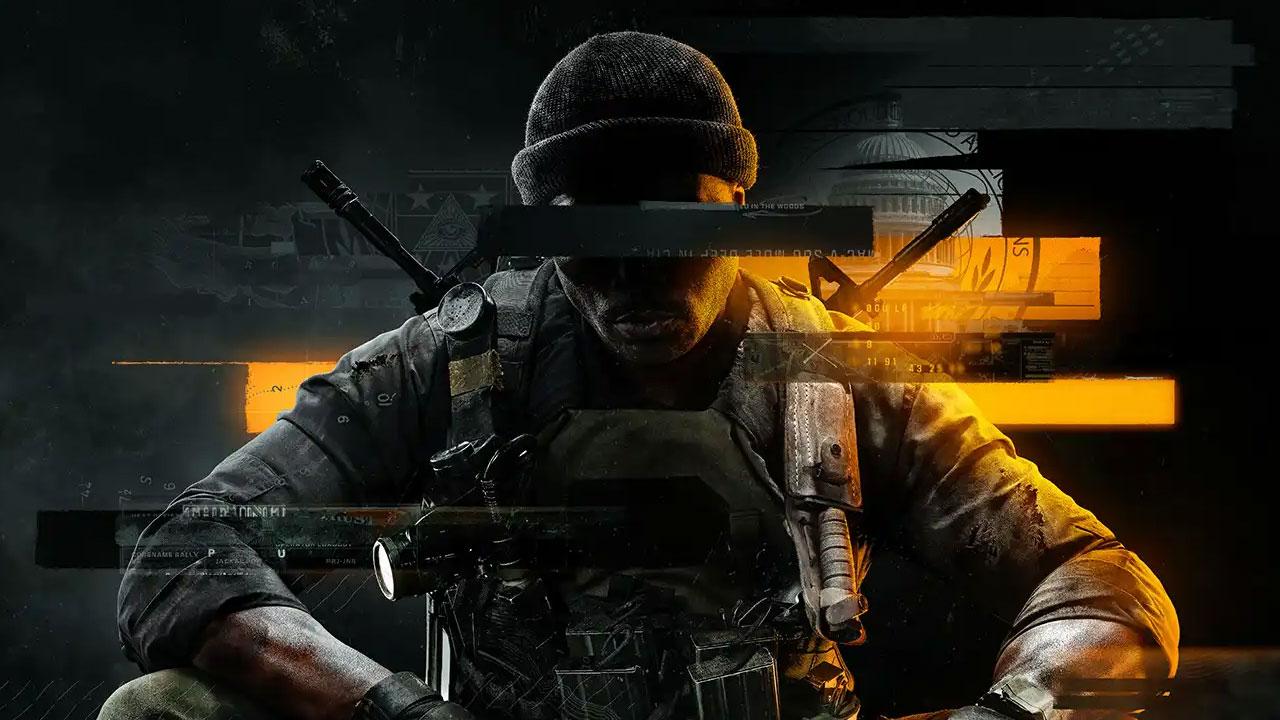PC formatting is always a great idea when we change Hardware to make sure we have a clean installation and have only the drivers and software we will need, directly on the hardware we installed. However, Windows 10 brings a comprehensive catalog of drivers that makes it compatible with almost 100% of existing hardware, meaning, in fact, PC formatting after changing board or processor is recommended but not essential.
You don't need to format, but be clean
And this is actually for the boards. Changing the processor without changing the motherboard will not affect the software at all, and we just have to make sure it is properly configured in the BIOS. The problem lies when we change the board

So after changing motherboard the operating system will start with no problems (It will take longer than usual at first because you have to be careful with all new hardware), but we may find some errors when we start out if we have software from the front board installed. For this reason, we must "clean" and remove all the software we no longer need and, if we see fit, install new motherboard software.
The same thing happens in extreme cases, which can be from having Intel platform to AMD or vice versa
Eye for second discs
Only the "problem" (we'll see soon, it's not such a thing) can be that, when we turn on the hardware hardware, we find that if we had a problem a second hard drive is installed, it does not appear anywhere. Do not panic because you have not lost anything, this is not always possible but sometimes the solution is very simple.

Just go to "Disk Manager" for Windows 10 (right-click on Start, then select "Disk Management") and see that the second hard drive looks black (not working) instead of green (working). In this case, we simply click on the black disk of the second disk and select the option «Change drive letter and routes»For a wizard to appear where we can place the book unit. In that case, it will be resolved.
That's all. If you need to upgrade your PC hardware, especially by switching from motherboard and switching from Intel to AMD or vice versa, you can do it without any problems and, of course, you won't need to format the equipment.







